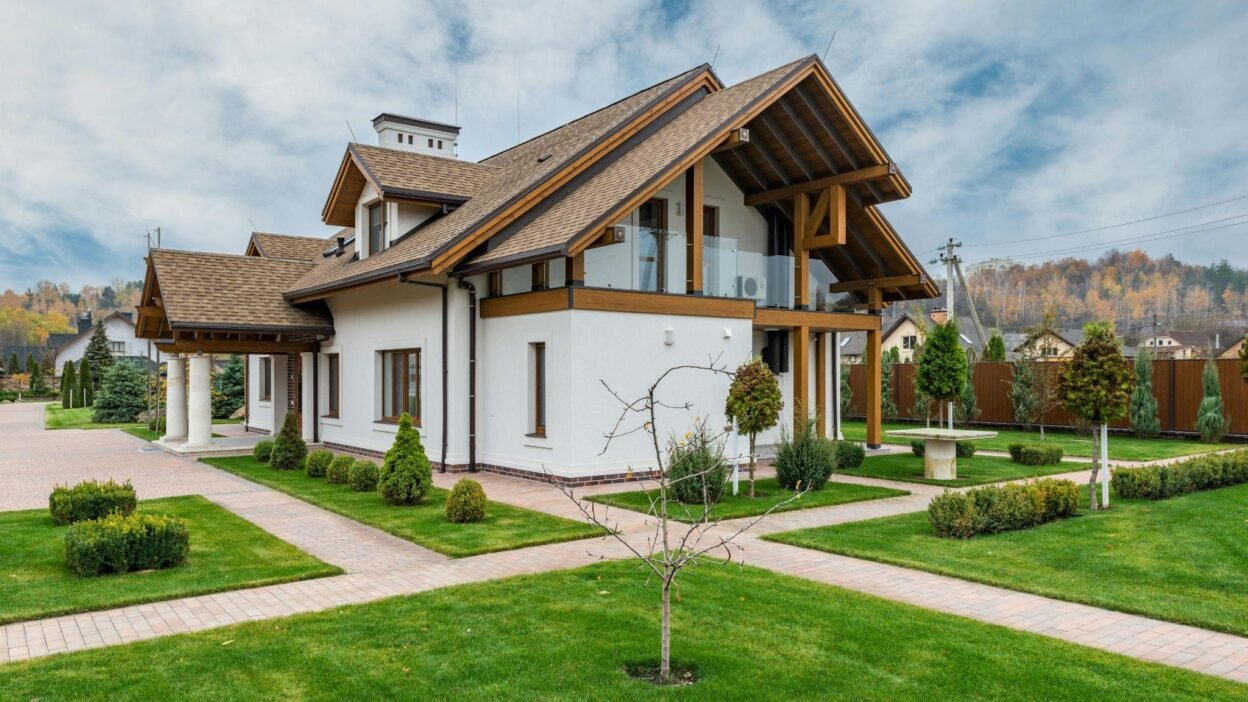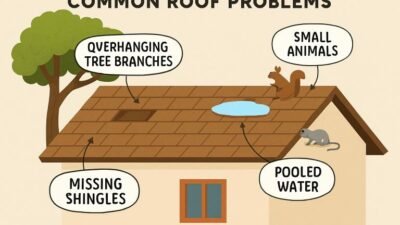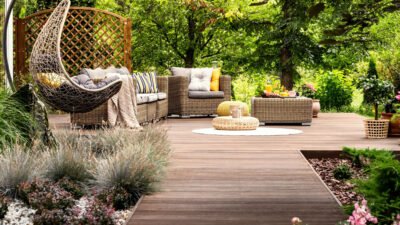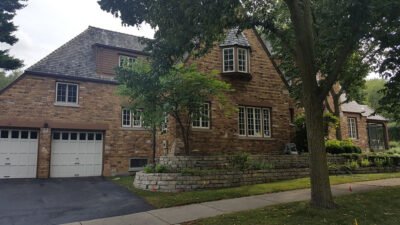If you live in a hot, dry climate like Arizona, you already know how tricky it can be to keep a yard looking good. Traditional lawns and water-heavy gardens don’t always make sense in this kind of environment. They cost more, use up a lot of water, and require constant care. That’s where desert landscaping comes in.
A desert-style yard isn’t just about cactus and rocks. Done right, it can look beautiful, save money, and cut down on the amount of time you spend working outside. The best part is that you can design a yard that fits your style while staying low-maintenance. This checklist will guide you through the steps of creating a desert landscape that is both functional and easy to care for.
1. Start with Pest-Smart Planning
In dry places like Arizona, outdoor spaces can easily attract pests. Scorpions, ants, termites, and even rodents often find ways into yards and homes if you don’t plan ahead. The first step in creating a low-maintenance desert yard is to think about how to prevent these issues before they begin.
Keep outdoor areas clear of clutter, like wood piles or debris, that provide hiding spots. Seal cracks around patios, fences, or walls to block entry points. When you choose your landscaping layout, try to leave open spaces that discourage pests from nesting close to the home.
For added protection, many homeowners rely on trusted services like EcoGuard Pest Control to keep their yards safe and enjoyable. A clean, pest-free outdoor space makes it easier to focus on plants, hardscaping, and design without worrying about unwanted guests.
2. Choose Native and Drought-Resistant Plants
One of the biggest mistakes people make with desert landscaping is choosing plants that need too much water or care. Native plants are always the best choice because they’ve adapted to survive in local soil and climate conditions.
Agave, yucca, desert spoon, and various types of cacti are strong choices. These plants thrive with minimal watering, and they can handle the heat. Another benefit of native plants is that they don’t need much trimming or attention. Once established, they continue to grow with little effort.
For extra color, consider desert flowers like red yucca or penstemon. They add beauty while still being hardy enough for a low-maintenance setup. Choosing the right plants from the start sets the tone for a yard that saves time and water.
3. Use Gravel, Rock, and Hardscaping
Grass lawns are high-maintenance and water-intensive. Replacing them with gravel, decomposed granite, or decorative rock is a smart step toward a desert landscape. Not only does it look clean and natural, but it also cuts down on weekly mowing and watering.
Hardscaping is another key feature of a low-maintenance yard. Pathways, patios, and seating areas add structure while reducing the amount of space that needs plant care. You can mix textures with large stones, flagstone, or pavers to create a polished look.
When done well, gravel and rock can also help with drainage, preventing water from pooling in certain areas of your yard. This combination of style and function makes your landscape both attractive and practical.
4. Install Efficient Irrigation
Even drought-resistant plants need some water, especially when they’re first planted. A drip irrigation system is the most efficient option for desert landscapes. It delivers water directly to the roots, saving both time and resources.
Drip irrigation uses far less water than traditional sprinklers, which makes it better for the environment and your utility bill. It also reduces weed growth since only the plants you choose get watered.
Once your system is in place, it requires very little effort to maintain. Just check it seasonally for leaks or clogs, and your plants will stay healthy without extra work. This is one of the smartest investments you can make for a low-maintenance yard.
5. Simplify Outdoor Lighting and Features
A yard isn’t only about plants and rocks. Lighting and outdoor features can bring it to life without creating extra chores. Solar-powered lights are a great option because they don’t need wiring, and they recharge automatically during the day. Place them along walkways, patios, or garden beds for both style and safety.
If you want to add features, go with ones that require little upkeep. A simple fire pit, a water feature with a built-in filter, or raised planters can all add character without adding to your to-do list. Stick to items that are easy to clean and built to handle outdoor conditions.
By keeping it simple, you can enjoy your outdoor space without constant maintenance.
6. Maintain Smartly with Seasonal Tasks
Even a desert landscape needs a little upkeep. The key is to keep it simple and seasonal. In the fall, rake leaves and trim back overgrowth before cooler weather sets in. In the spring, check your irrigation system and clean up any debris from winter.
These small tasks don’t take much time, but they make a big difference in how your yard looks and functions. With a few hours each season, you can keep your landscape in top shape without weekly yard work.
7. Add Personal Touches Without the Hassle
Finally, think about the little details that make your yard feel like yours. Outdoor décor is a great way to personalize your space without adding maintenance. Pots, benches, or outdoor art pieces can all bring character without extra work.
You don’t need to overdo it. Just a few well-placed items can make your yard inviting. And the best part is, you can switch them out whenever you want a new look without redesigning the entire landscape.
Personal touches give your yard personality while keeping upkeep at a minimum.
Creating a low-maintenance desert landscape is about smart choices, not constant effort. By focusing on native plants, rock and gravel, drip irrigation, and simple features, you set yourself up for a yard that looks good year-round without taking over your free time.
Add in seasonal maintenance and pest-smart planning, and you’ll have an outdoor space that’s both functional and easy to enjoy. Whether you live in Arizona or another dry region, the same principles apply. The result is a landscape that saves water, reduces chores, and gives you more time to relax in your own yard.



